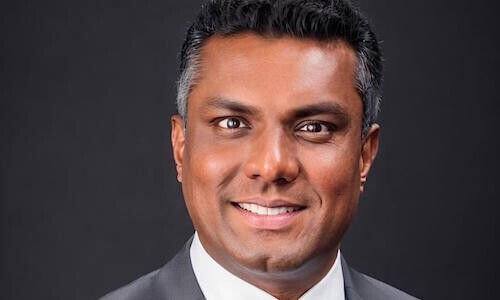A relatively high rate of savings and sophisticated choice of financial products have led China’s mass affluent to be the closest among all markets – 44 percent – to reaching their wealth targets.
70 percent of China’s emerging affluent, affluent and high net worth individuals (HNWI) are set to achieve more than half of their wealth aspirations of $2.17 million, according to a recent study by Standard Chartered, compared to the 40 percent global average. China’s dominance is attributed to a high rate of allocation to savings and investments – 48 percent of gross earnings – coupled with a sophisticated choice of fixed income.
For wealth creators in China, children’s education held the highest priority (35 percent) followed by investment property (26 percent) and vacation (23 percent).
Falling Short
Despite relatively modest wealth expectations for a study focused on high growth economies (global average peak wealth expectancy is at $1.1 million with an assumed age of 60 years old), most respondents were still at risk to fall short of meeting their retirement lifestyle.
The emerging affluent segment was at greatest risk with 62 percent expected to fall short of meeting their $420,000 goal by at least half. 53 percent of affluent respondents and 46 percent of HNWI respondents also expect to reach less than half of their wealth expectancies of $821,000 and $2.02 million, respectively.
Cash-Heavy
Cash allocations are high with 59 percent of respondents primarily relying on savings accounts to achieve their top financial goals. Only 37 percent invested in stocks and 36 percent in funds, demonstrating a lack of risk-taking involved in the surveyed market.
«Identifying as high net worth or affluent now is not an indicator of being able to achieve your wealth aspiration in future,» said Fernando Morillo, global head of retail products and segments at Standard Chartered.
«With 56 percent of savers in our study looking set to be disappointed with their financial situation when it comes to retirement, the time [for financial institutions] to take action is now,» he added, noting the role the industry has to play with educating clients and understanding their needs.
The study examined the savings and investment habits of 10,000 individuals across China, Hong Kong, India, Kenya, Malaysia, Pakistan, Singapore, South Korea, Taiwan and the UAE.


























